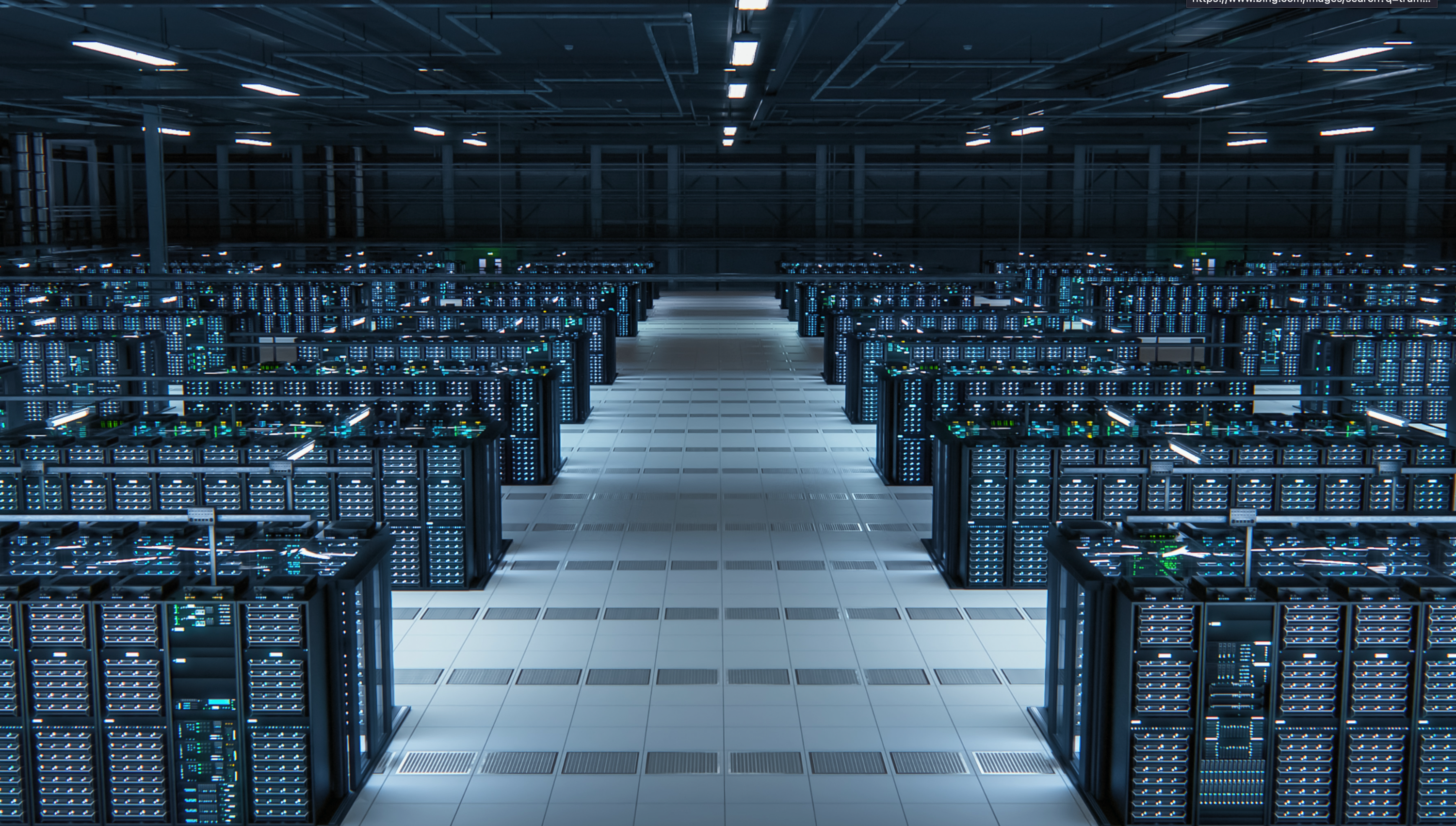Tech giants are pouring billions into AI infrastructure, with no signs of slowing down as they chase dominance in the fast-growing field. This surge in spending promises to reshape the economy and boost companies like Nvidia, but it also raises questions about long-term returns.
Surging Investments Signal AI’s Unstoppable Rise
Major players like Meta, Alphabet, Microsoft, and Amazon are boosting their capital expenditures dramatically for 2025 and beyond. Recent earnings reports show these companies are committing huge sums to build data centers and computing power for AI.
Meta Platforms now expects to spend between $70 billion and $72 billion on capital expenditures in 2025, up from earlier estimates. This jump reflects the company’s push to scale up generative AI capacity. Meta’s leaders say this spending will grow even faster in 2026, potentially topping $100 billion.
Alphabet, Google’s parent, has raised its 2025 capex forecast to around $92 billion. That’s a big increase from last year’s $52.5 billion. The company points to strong demand for its AI tools like Gemini and AI Overviews as the driver.
Microsoft is not far behind, planning about $85 billion for the year. Its recent quarter saw capex hit $34.9 billion, exceeding expectations due to high demand for cloud services. Amazon leads the pack with a projected $125 billion in 2025, focusing on AI-driven expansions.
These figures add up to hyperscalers committing nearly $320 billion this year, mostly on AI infrastructure. That’s a sharp rise from 2024’s estimated $241 billion.
This spending frenzy comes as AI adoption explodes across industries. Companies are racing to secure computing resources amid shortages.

How Nvidia Stands to Gain Big from the Spending Spree
Nvidia, the chipmaker powering much of this AI boom, looks set for massive growth thanks to these investments.
The company’s GPUs are essential for training and running AI models. With tech giants ordering billions in chips, Nvidia’s revenue could soar.
CEO Jensen Huang recently shared that Nvidia has shipped 6 million units of its Blackwell processors in the past four quarters. He projects shipments could reach 20 million units, a huge leap from the 4 million Hopper processors sold before.
Nvidia has secured over $500 billion in orders for its chips through the end of next year. This includes demand for its upcoming Rubin processors launching in 2026.
Analysts expect Nvidia’s revenue to jump 37% in fiscal 2027, but the actual growth might be higher given the backlog.
One key factor is the shift to advanced AI models needing more powerful hardware. As data centers expand, Nvidia’s market position strengthens.
Investors have pushed Nvidia’s market cap to $5 trillion, riding the AI wave. Yet, some worry if the spending will yield profits soon enough.
Here’s a quick look at projected 2025 capex for major players:
-
-
- Meta: $70-72 billion
- Alphabet: $92 billion
- Microsoft: $85 billion
- Amazon: $125 billion
-
This table shows the scale:
| Company | 2024 Capex (est.) | 2025 Projected | Growth Rate |
|---|---|---|---|
| Meta | $39.2B | $71B | 81% |
| Alphabet | $52.5B | $92B | 75% |
| Microsoft | N/A | $85B | N/A |
| Amazon | N/A | $125B | N/A |
Economic Impacts and Potential Risks Ahead
All this spending is reshaping the U.S. economy. Tech giants’ investments now rival major national budgets.
For instance, the combined capex of Amazon, Meta, Microsoft, Alphabet, and others hit $97 billion in just the second quarter of 2025. That’s about 0.82% of U.S. GDP last year.
Experts say this AI infrastructure boom is driving job growth in tech and construction, while boosting related sectors like energy and real estate. Data centers need massive power, sparking investments in renewable energy.
But risks loom. Some investors fear an AI bubble, where spending outpaces returns. Historical patterns show big infrastructure bets can lead to poor stock performance if profits lag.
Morningstar research highlights that past spending sprees in tech often ended with corrections. Still, current demand for AI tools suggests this cycle might differ.
OpenAI’s plans add to the momentum. The company has committed over $1 trillion in infrastructure spending from 2025 to 2035 across partners like Broadcom, Oracle, Microsoft, Nvidia, AMD, Amazon AWS, and CoreWeave.
This long-term view points to sustained growth, but it also means higher costs for everyone involved.
Looking Ahead to 2026 and Beyond
Projections for 2026 show even more aggressive spending. Meta anticipates capex growth to accelerate notably. Alphabet expects another significant increase.
Microsoft warns that demand will outstrip capacity well into the year, likely pushing capex higher.
Overall, big tech’s combined spending could reach $439 billion in 2026, up from $360 billion in 2025. This escalation underscores AI’s role as a core business driver.
Factors like rising AI adoption in healthcare, transportation, and finance will fuel this. Companies are betting big on AI to stay competitive.
Yet, challenges include supply chain issues and regulatory scrutiny. Governments are eyeing the environmental impact of data centers.
In the end, this massive wave of AI infrastructure spending by tech giants like Meta, Alphabet, Microsoft, and Amazon is set to transform industries and economies, with Nvidia poised as a major winner. It brings excitement for innovation and growth, but also calls for caution amid talks of potential bubbles. What do you think about this AI spending surge? Share your thoughts and pass this article along to your friends on social media.
































